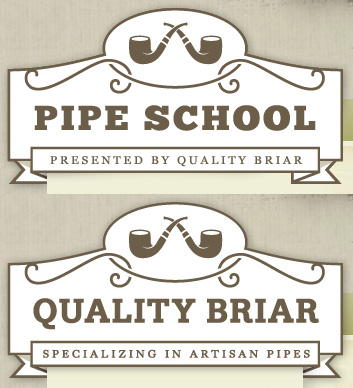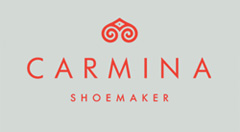by Chris Lee
Raise your hand if you’ve had the following experience: While visiting a tourist
destination in a foreign country, you spot a souvenir of some kind at a street-side stand
that piques your interest. Remembering the most important lesson you learned about
shopping while traveling at locales such as this, you start haggling with the vendor.
After some negotiation, you manage to talk the price down by 50%. “I am awesome!”,
you think, admiring your new purchase…but only until you get back on the tour bus
and a fellow traveler shows you the exact same item for which he paid half what you did.
From time to time, I wander through international (non-US) e-tailer websites, just
to see what’s new in pipes in other parts of the world. I have made some interesting
observations while doing this, and this blog is based on one of these observations. Since
my only intention is to browse, I never paid much attention to prices until I stumbled upon
the website of a shop in… you guessed it… China. Having a pretty good idea of the
currency conversion rate between RMB and USD, it immediately struck me that this
shop is listing pipes by American makers at 300% of the US retail price. Now, I may be
wrong, but I personally do not know any pipe maker that practices parallel importing – setting
different price points for different markets.
Now, don’t get me wrong, my shock was not from the revelation of this kind of business practice. I am no stranger to niche-product marketing. In fact, I am very
familiar with “display prices” (often seen on auction sites like taobao.com, China’s
version of eBay), where a seller lists items at ridiculous prices to ensure that while the
items are displayed and advertised. These items will not be sold through the website (thus
avoiding all or most fees). The actual prices are offered and deals are struck through private message exchanges, etc – a pretty ingenious way to play the system if you ask me.
However, this was not a auction site, and I have never seen this done before on a e-tailer site.
Filled with curiosity, I sent the shop a message inquiring about a particular pipe
pointing out that the list price is way above the pipe maker’s own retail. Three days
passed with no response. Another 5 days passed, still no response. As I was about to give up
on my inquiry, and while giving the website a last glance-through, I noticed that prices
on all the pipes by the pipe maker I wrote in to ask about had been lowered, now happily
resting at around ONLY 200% the US retail. At this point, I really wanted to know
exactly at what prices these pipes will actually be sold, so I contacted a good friend living in that part of the world.
I sent him the URL to the website expecting some kind of an exclamation once
he opened it. And boy, was I disappointed. “So, what’s the problem?” he said. “What’s the
problem? Do you not see the prices?” “Yes, that’s pretty normal…” He went on
to explain to me that this is actually an accepted pipe-business practice in China.
Retailers are rewarded for providing pipes that would otherwise be unavailable to
Chinese pipers, and this extremely generous “reward” is handed out by: 1. Pipemen with
money to spend and take as a general rule that the more expensive a pipe is the better it
must be. 2. Pipemen with no access to information (e.g. official retail price) 3. Pipemen who prefer to deal locally even if it means paying double.
Still holding out hope for a smaller discrepancy between final selling price and
official retail, I asked my friend to call the shop. After few minutes of phone conversation my friend was offered a whopping $20 RMB (roughly $3 USD) discount. Selling pipes at
300% markup (a 75% profit margin) must be so sweet! While pondering the many
problems this causes for the health of the global pipe industry and many other issues worth
serious consideration and discussion, I am feeling very fortunate that ours, though not
perfect by any stretch of the imagination, is a relatively fair and self-regulating pipe market.


 Subscribe to RSS feed
Subscribe to RSS feed
Chris – I am certainly not an expert in “cultural economics” but I have a gut feeling that this sort of “premium” is attached to many products that are deemed exotic, rare or luxurious. Is there a difference when it’s done by an enterprising small business as opposed to a luxury giant, say an organization such as Rolex? I’d guess that many Chinese pipe collectors are not aware that what they are buying can be had for far less. If there are, as you suggest, other cultural norms that lead buyers to feel as though they are rewarding the seller for his or her services or even those that would cause the buyer to feel that their purchase was even finer because of the expense, I have a feeling that we, here in the West, participate in similar but more layered practices. I’m thinking of tipping (or bribing) the maitre d at an exclusive restaurant or paying hundreds or thousands of dollars for being able to enter a club or smoking lounge or shopping in certain stores that have cache even though the same products are available elsewhere at a fraction of the price. I think that best thing we could do to help our Chinese pipe smoking brothers is to forward a link to Quality Briar to everyone we can think of who communicates electronically with folks in Asia. Nick may have to be featured on E! for this to truly work well, but given his undeniable star quality, it could happen sooner than you think.